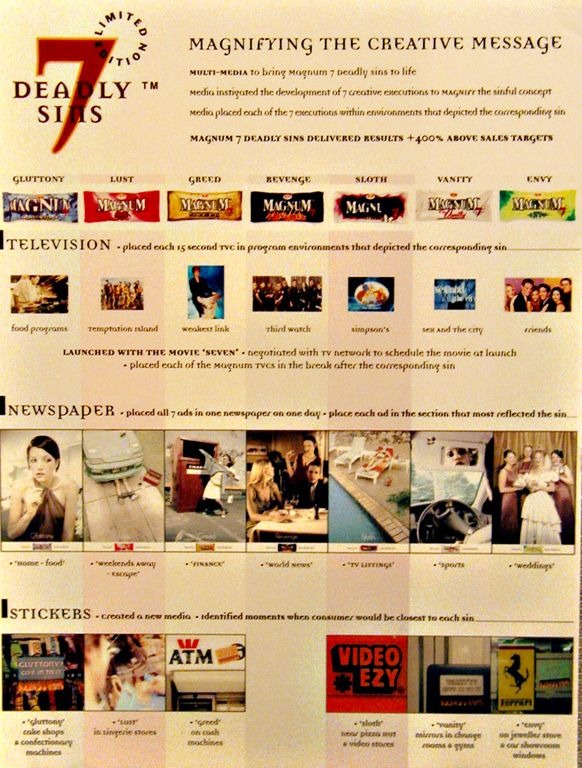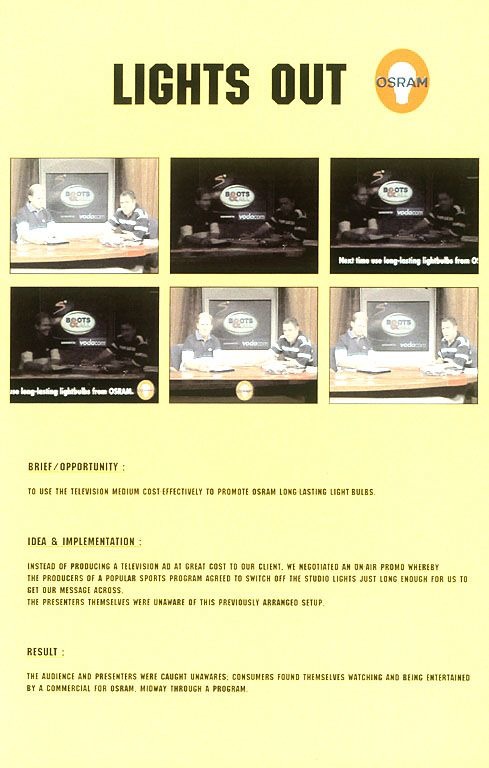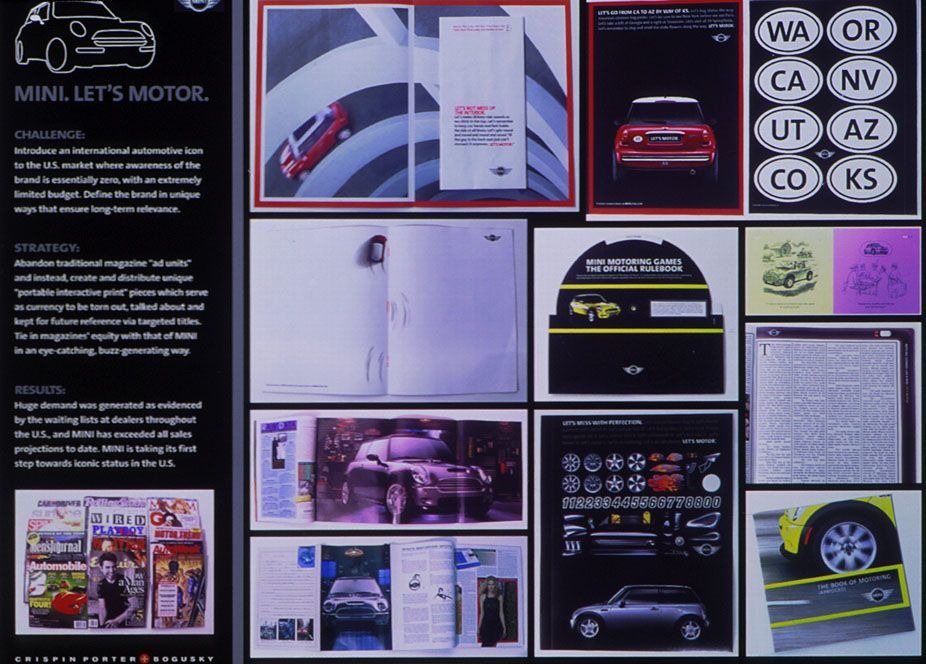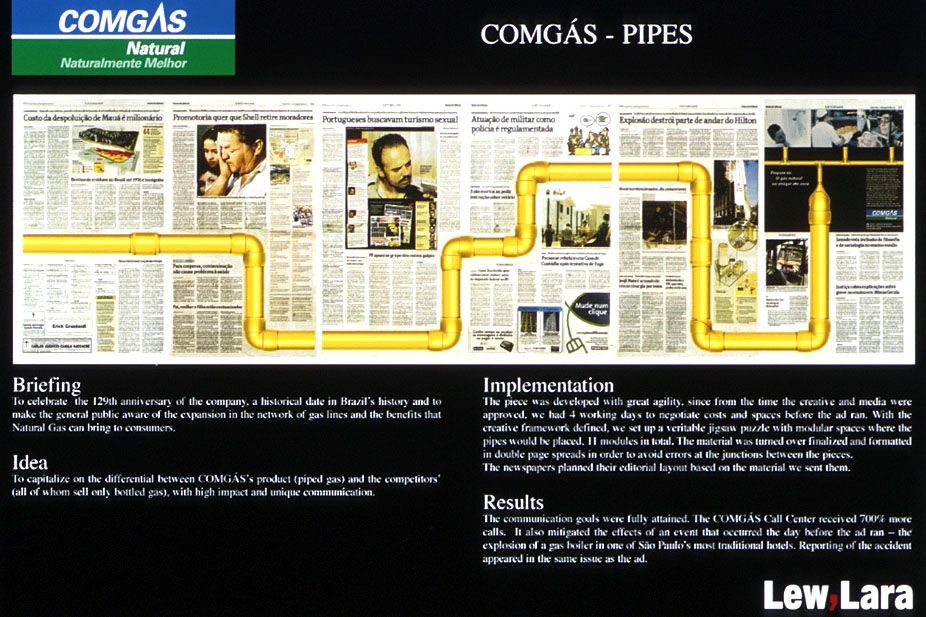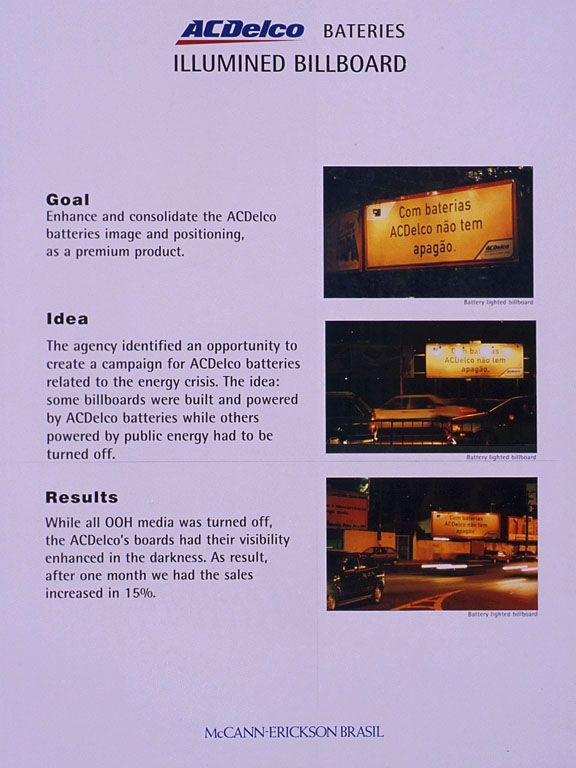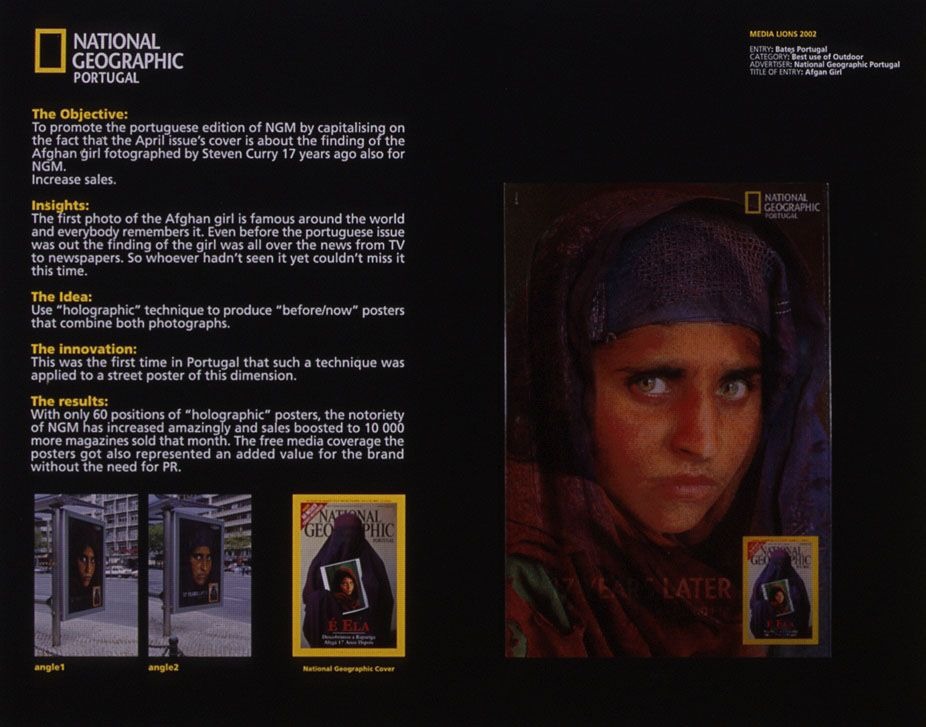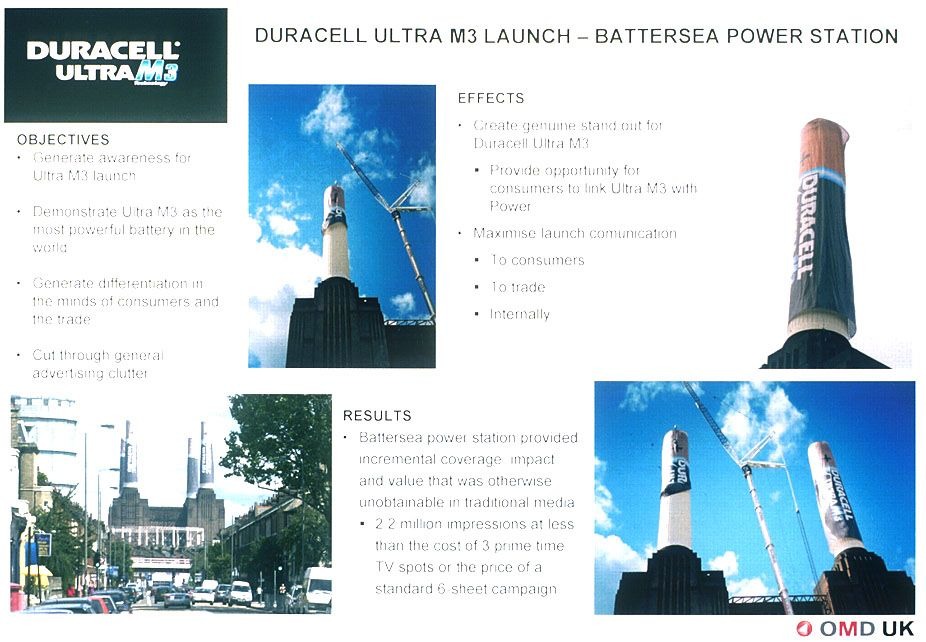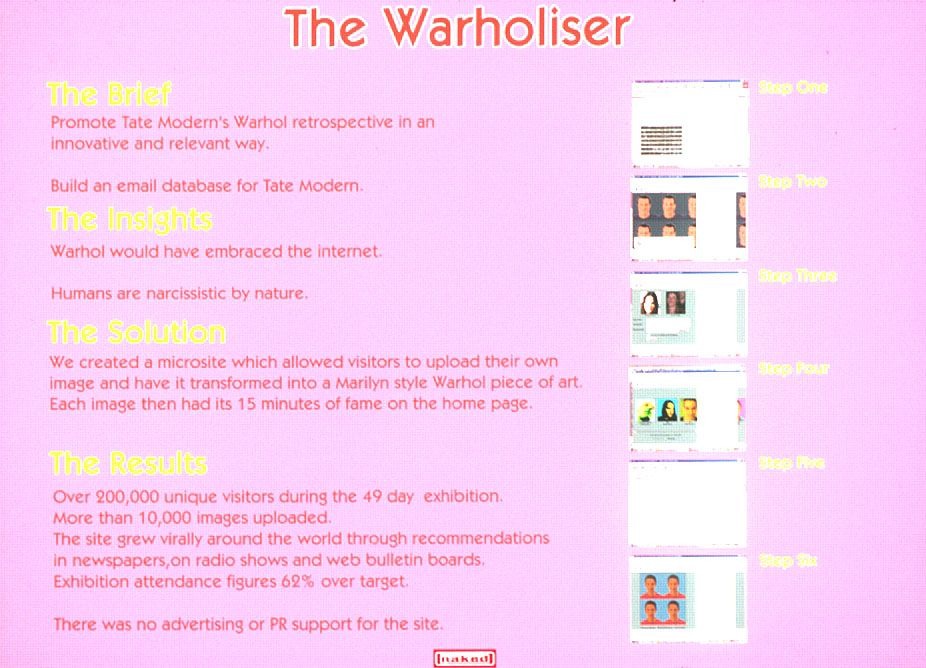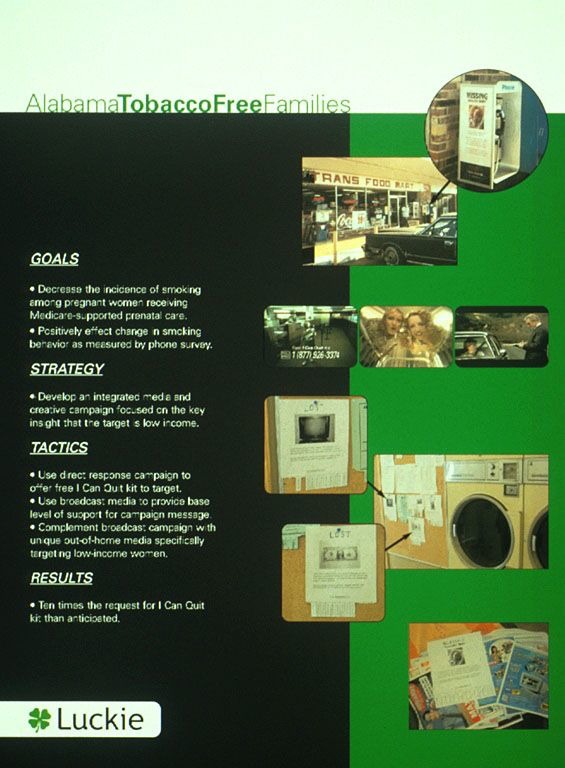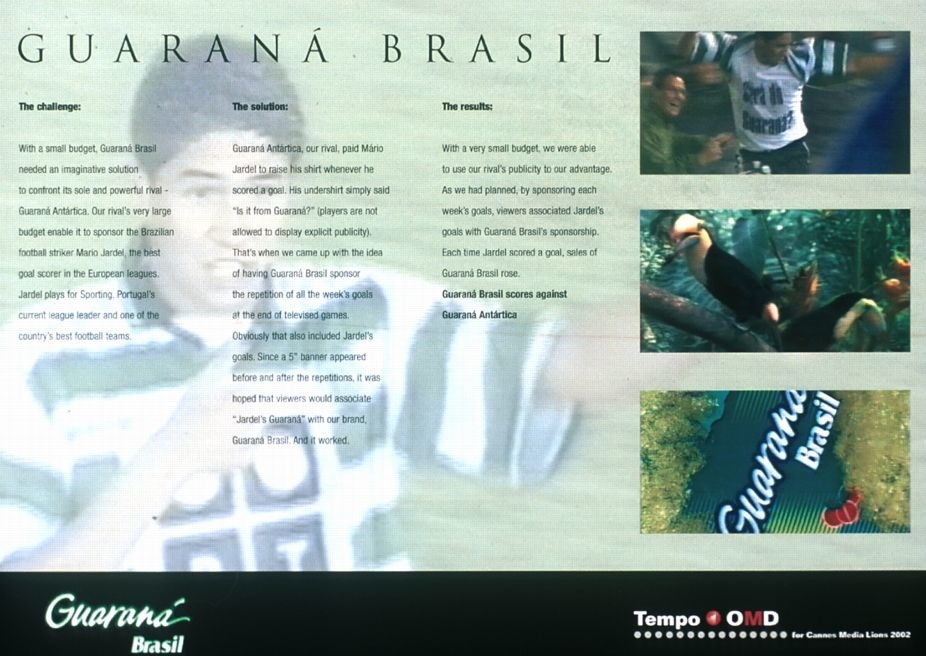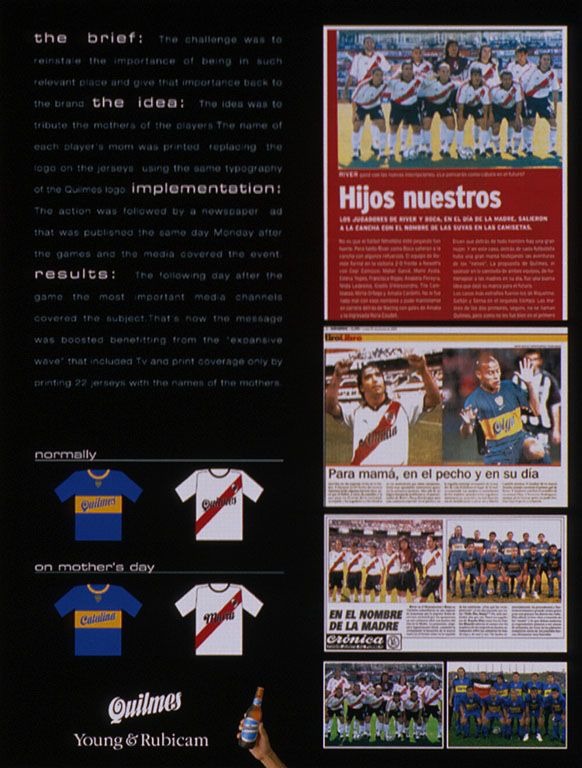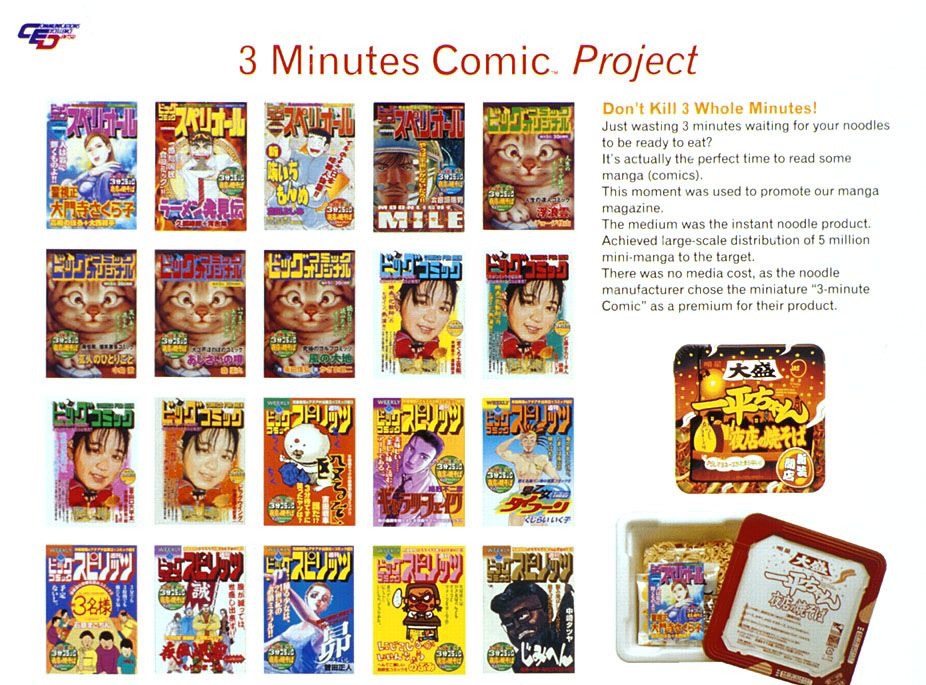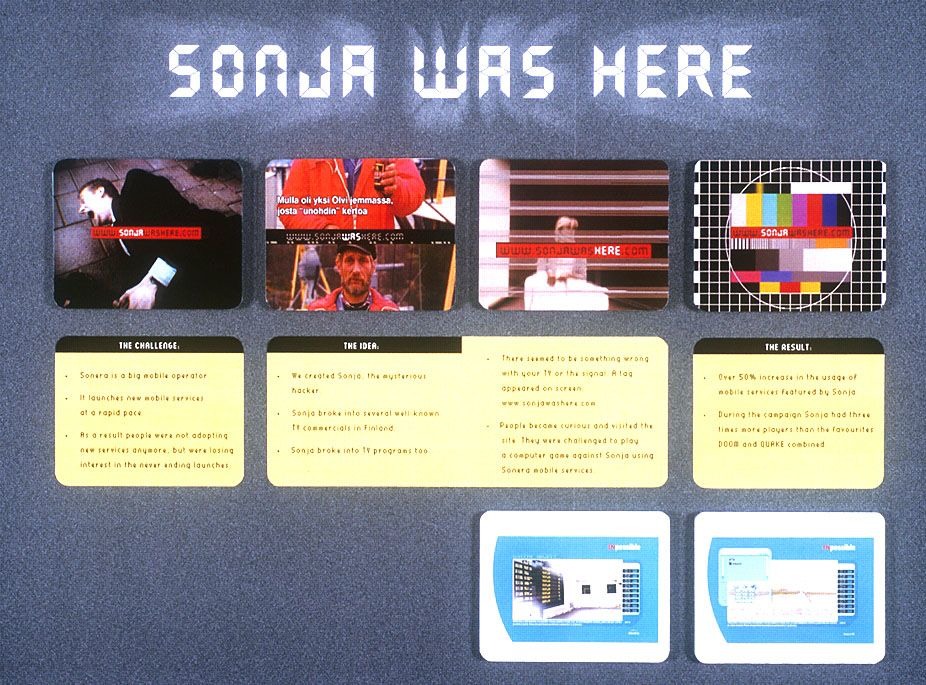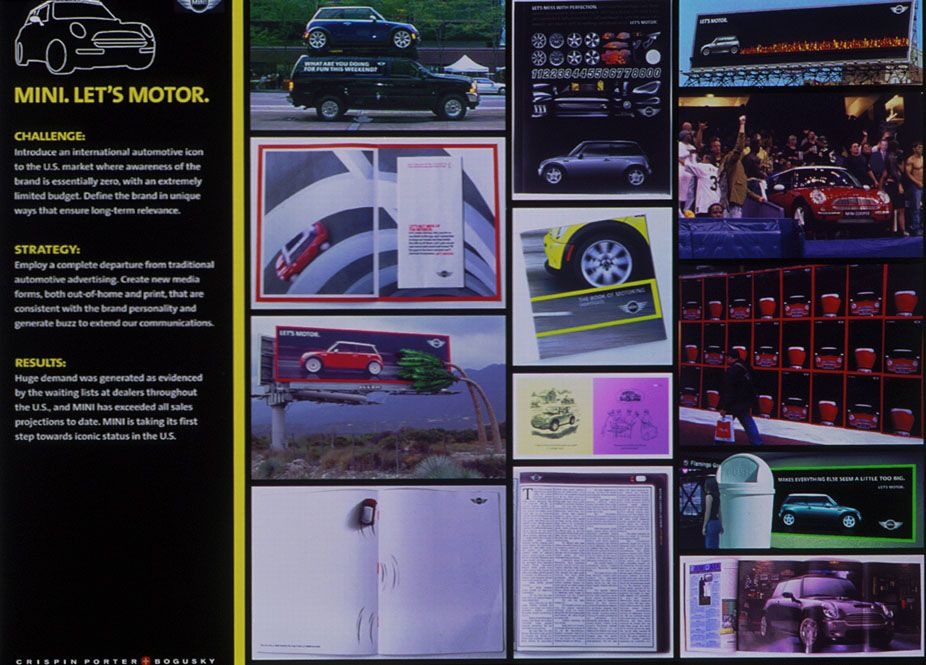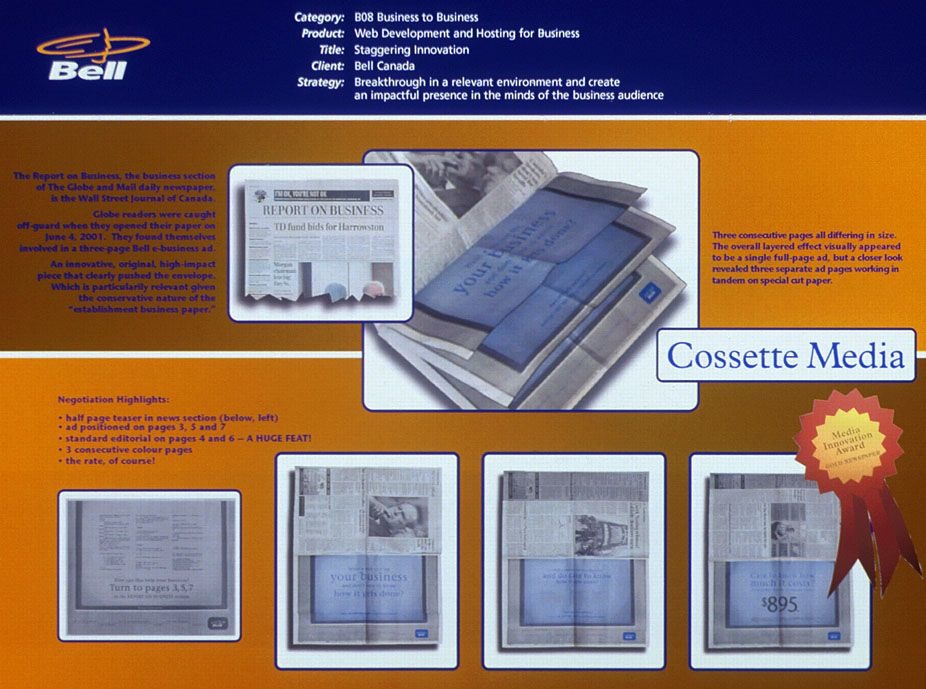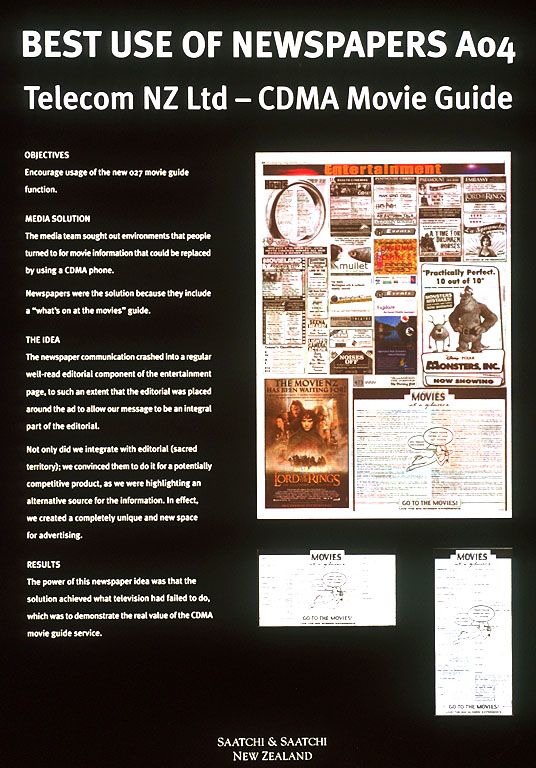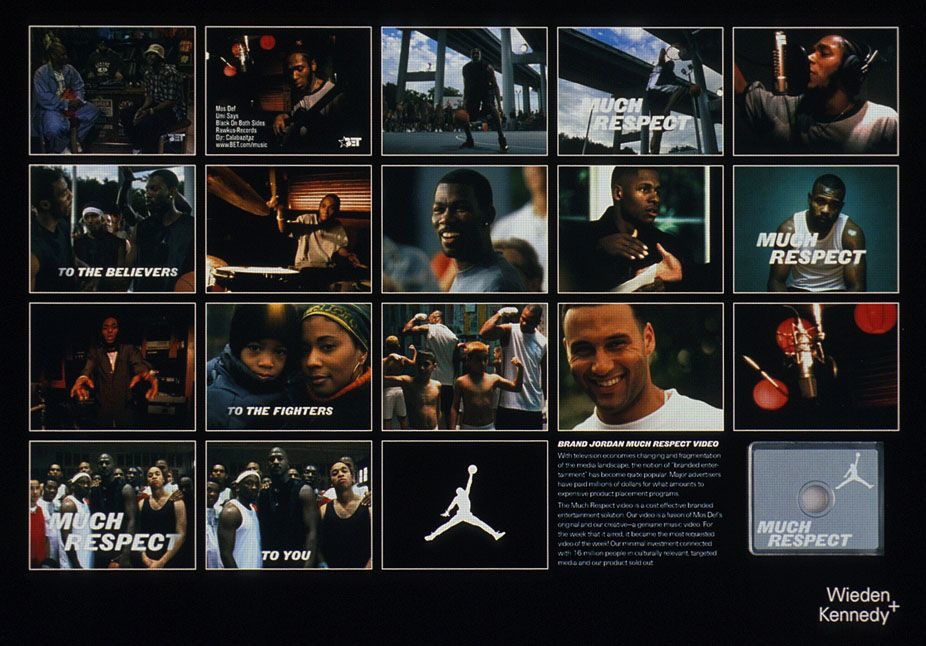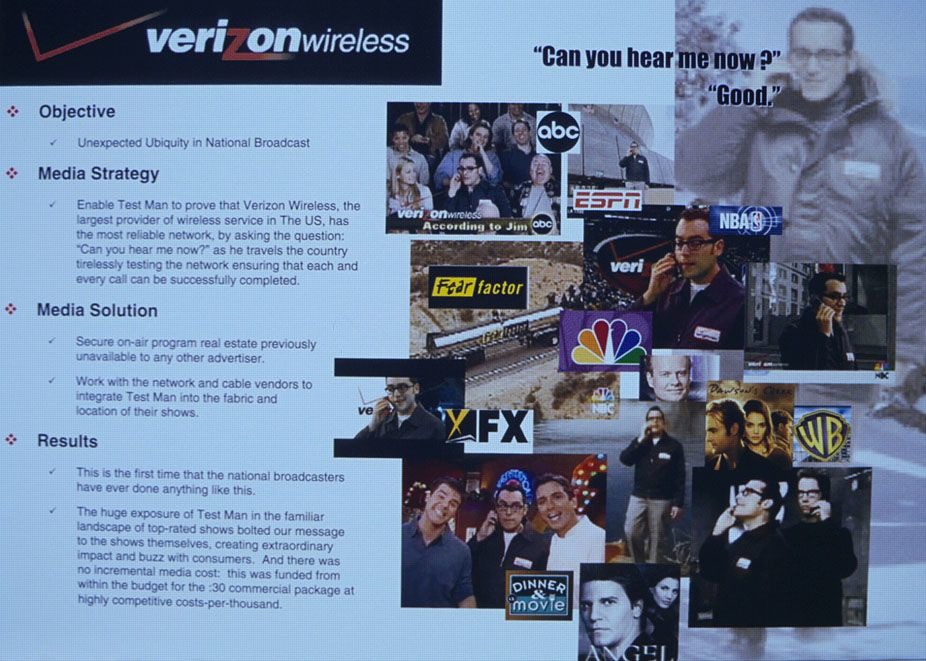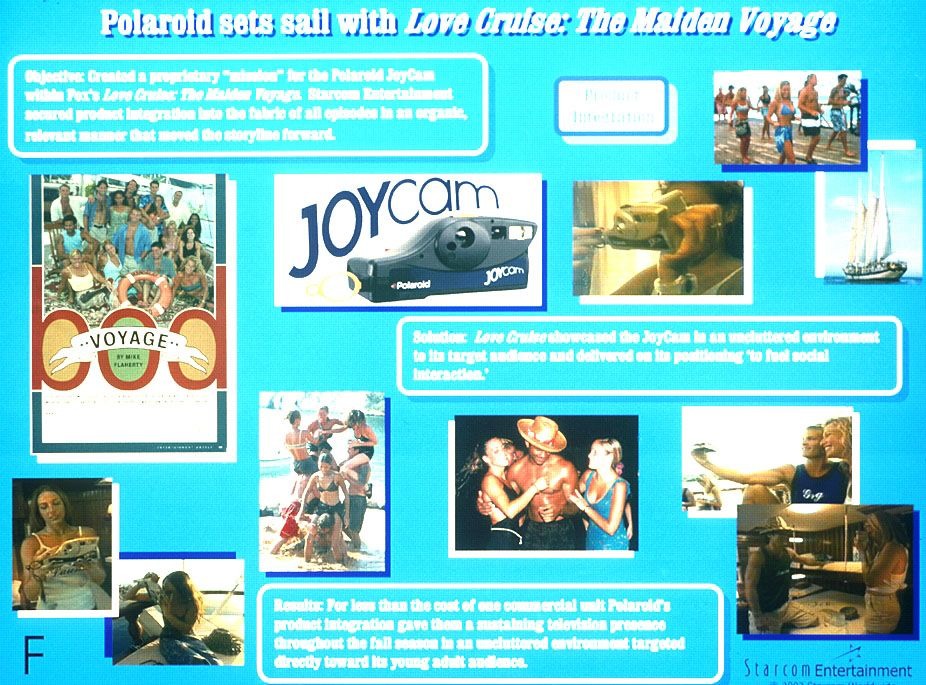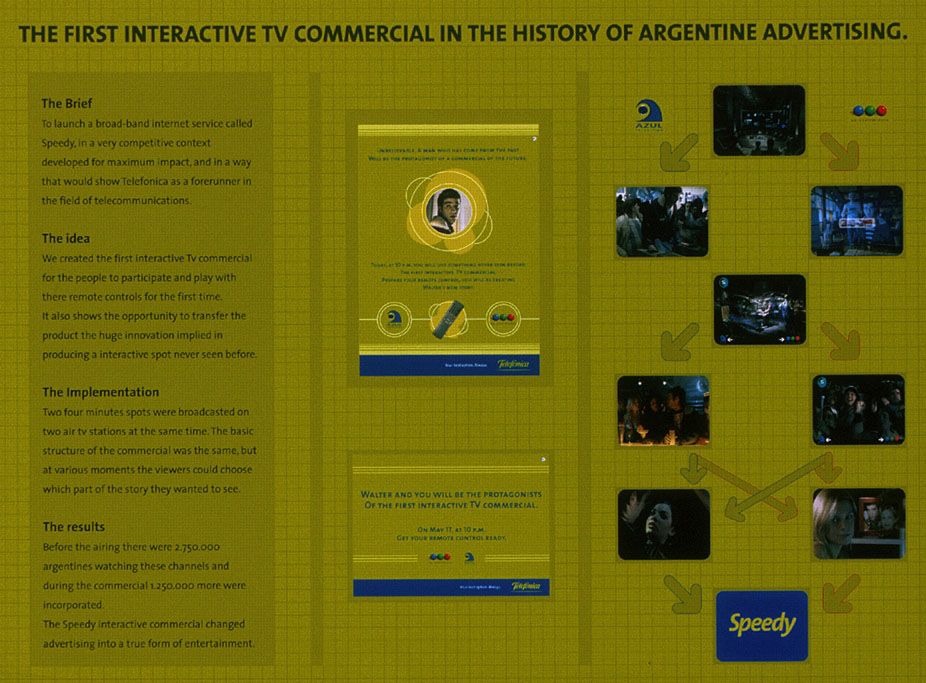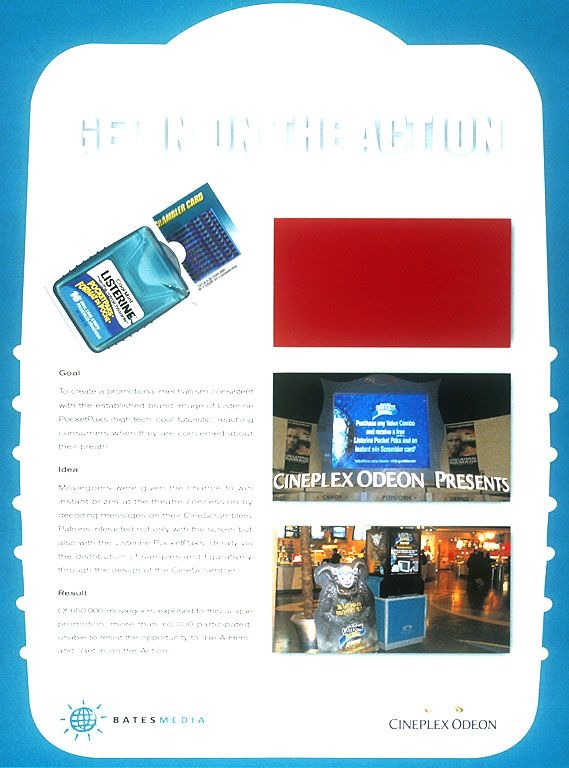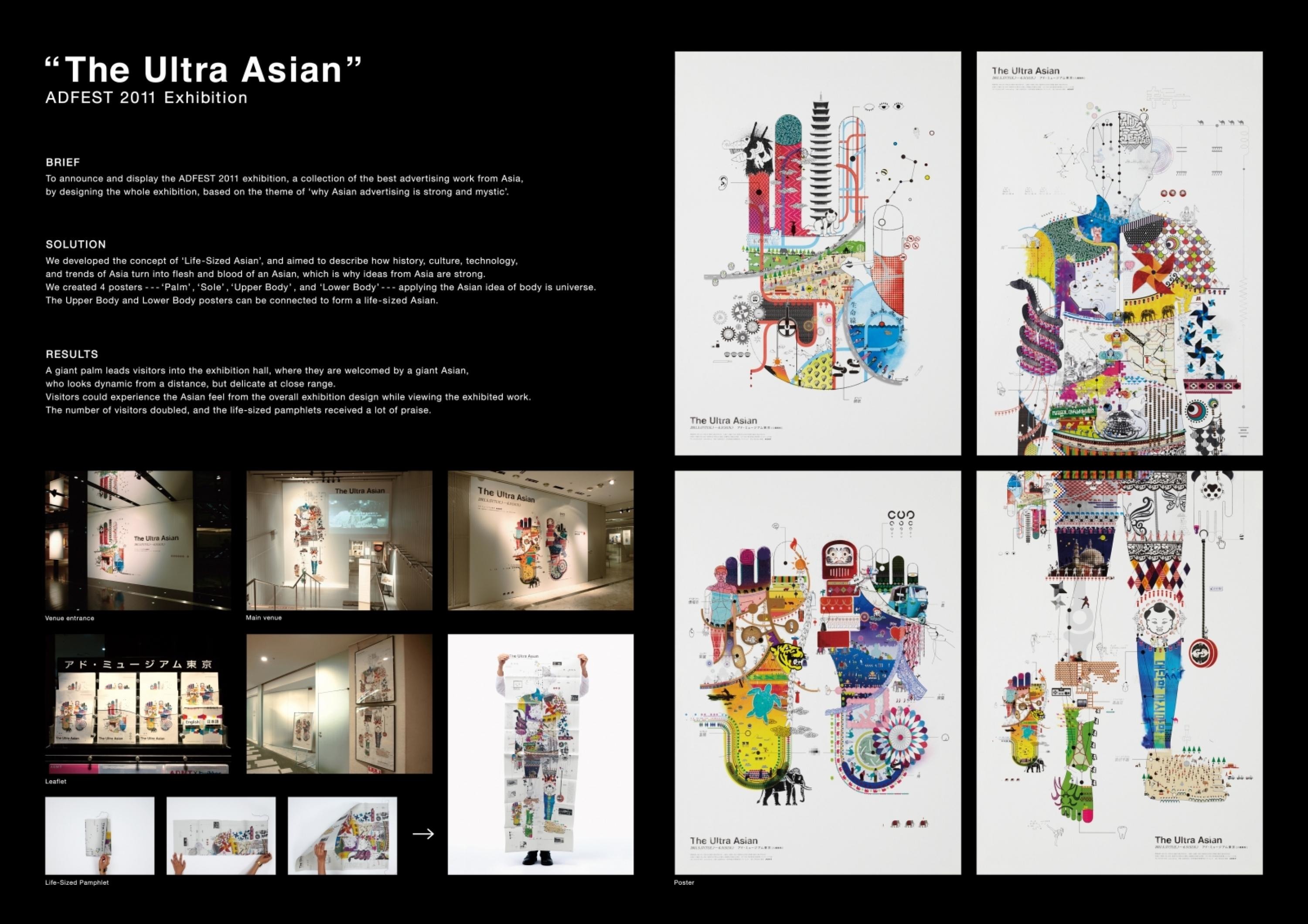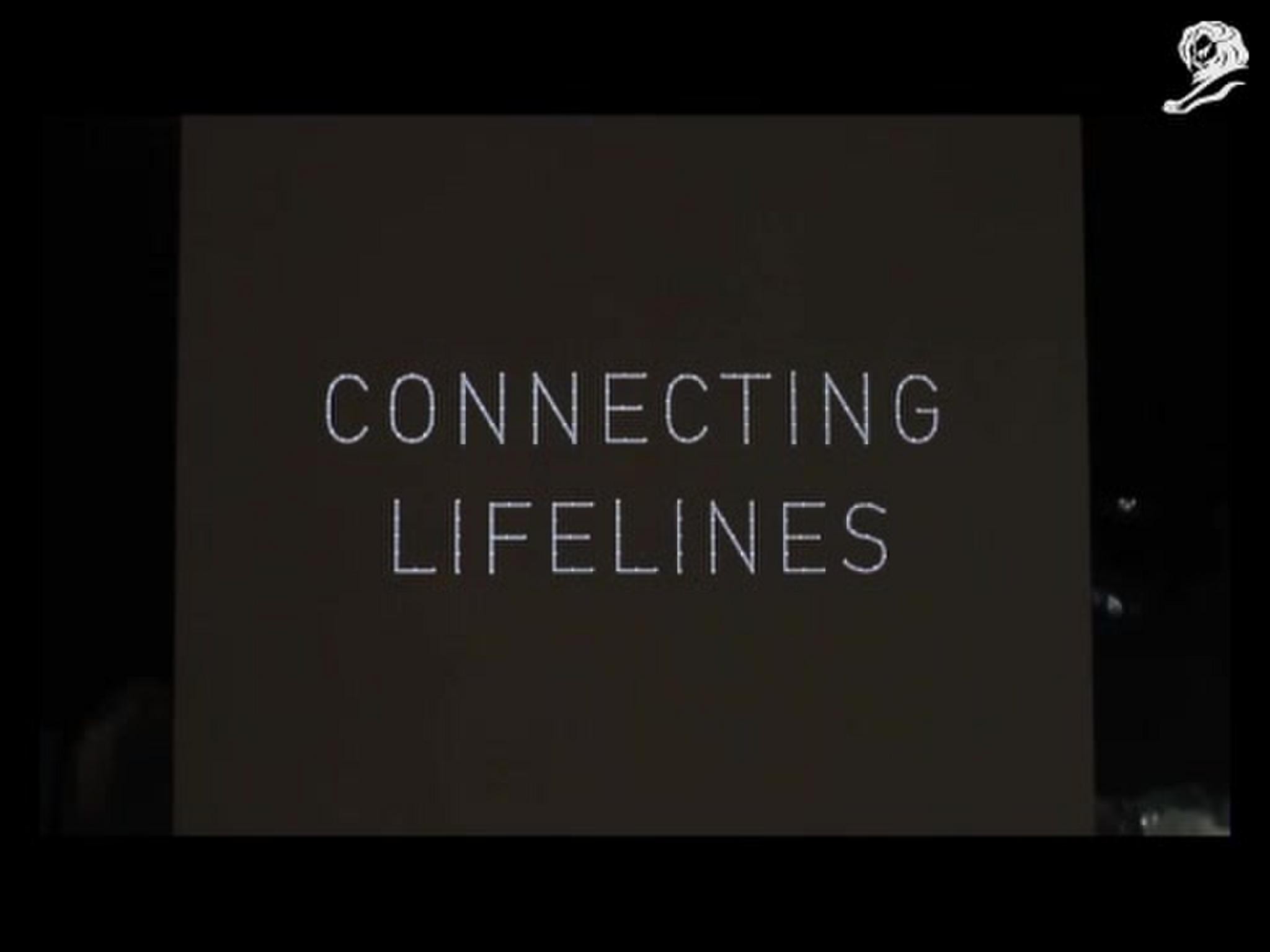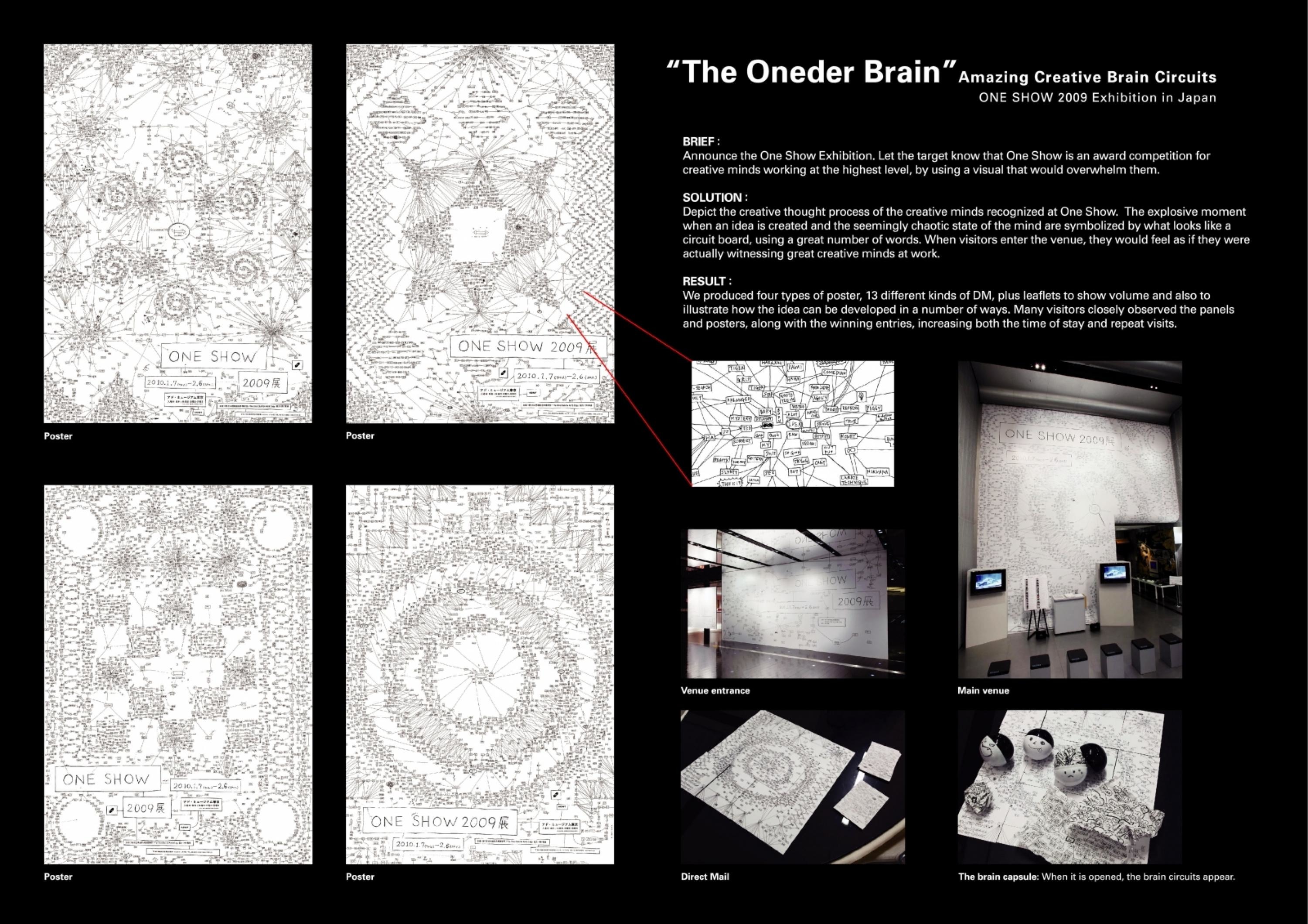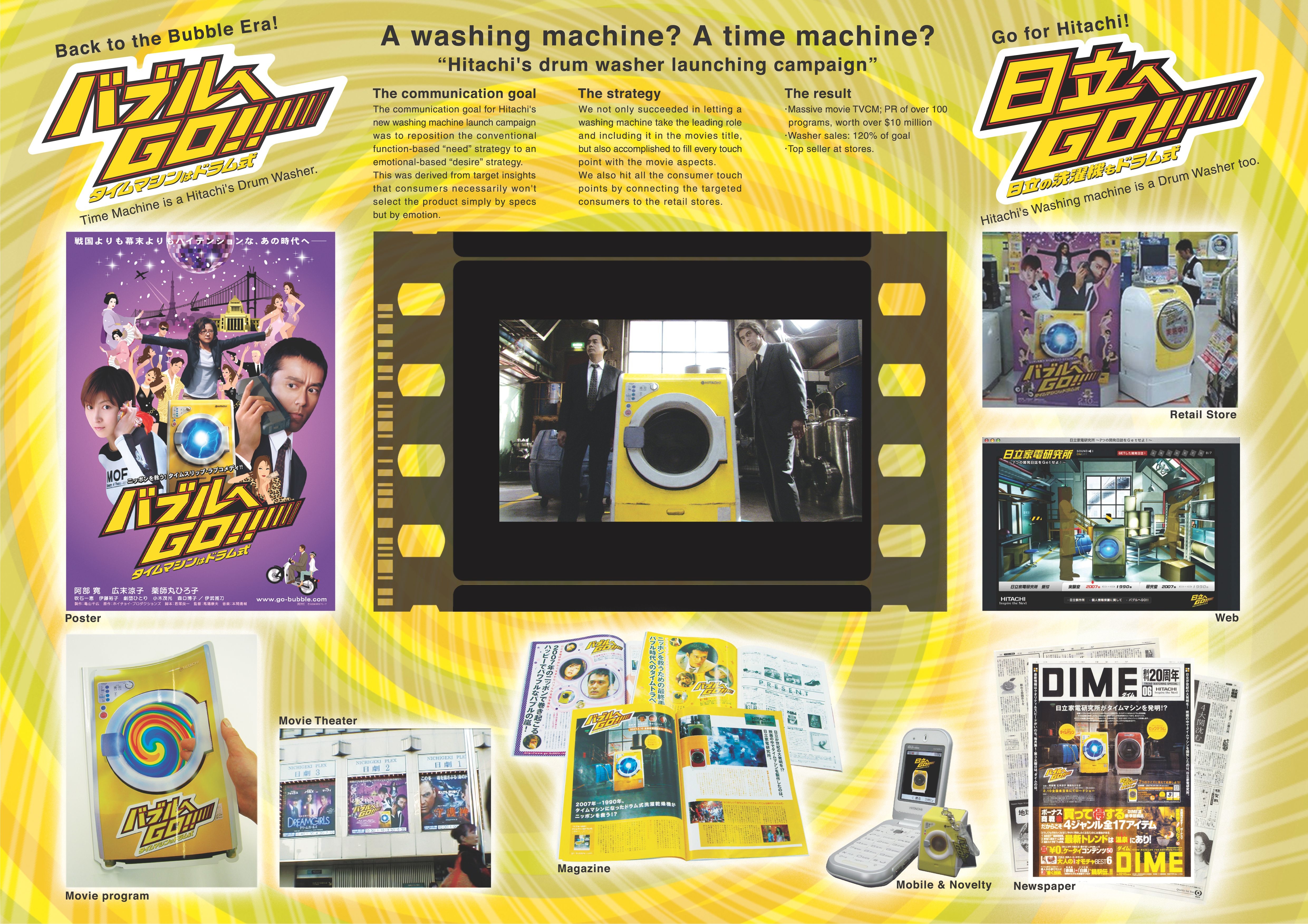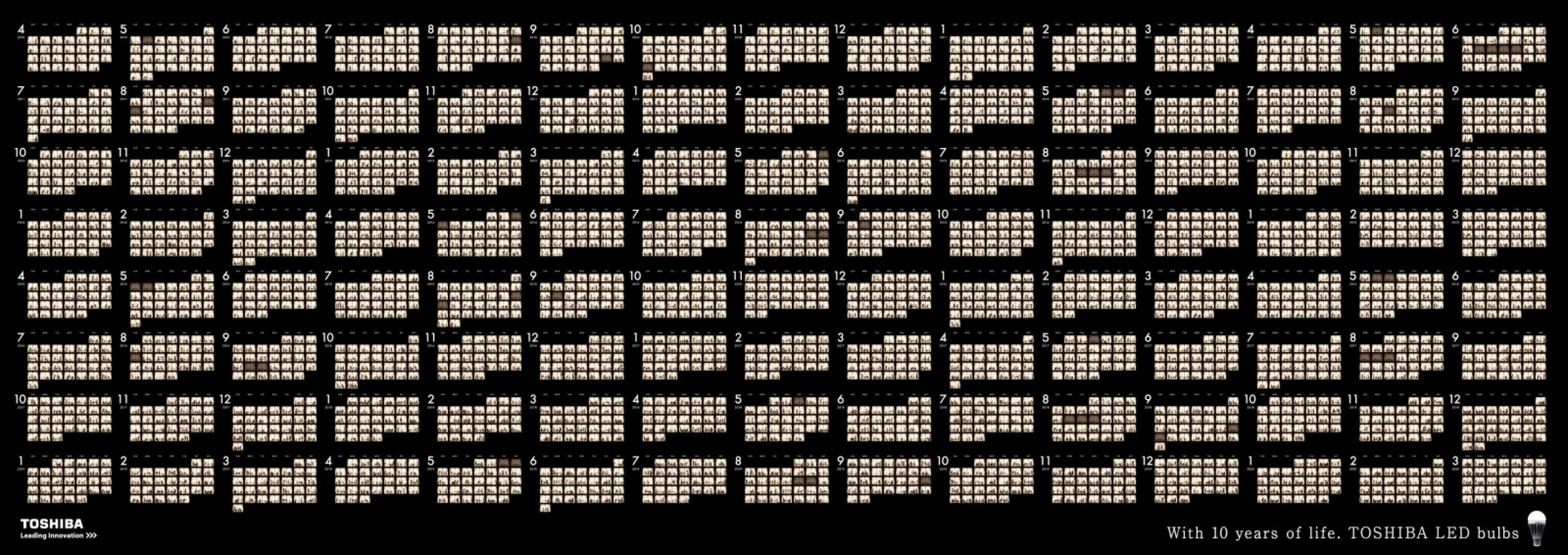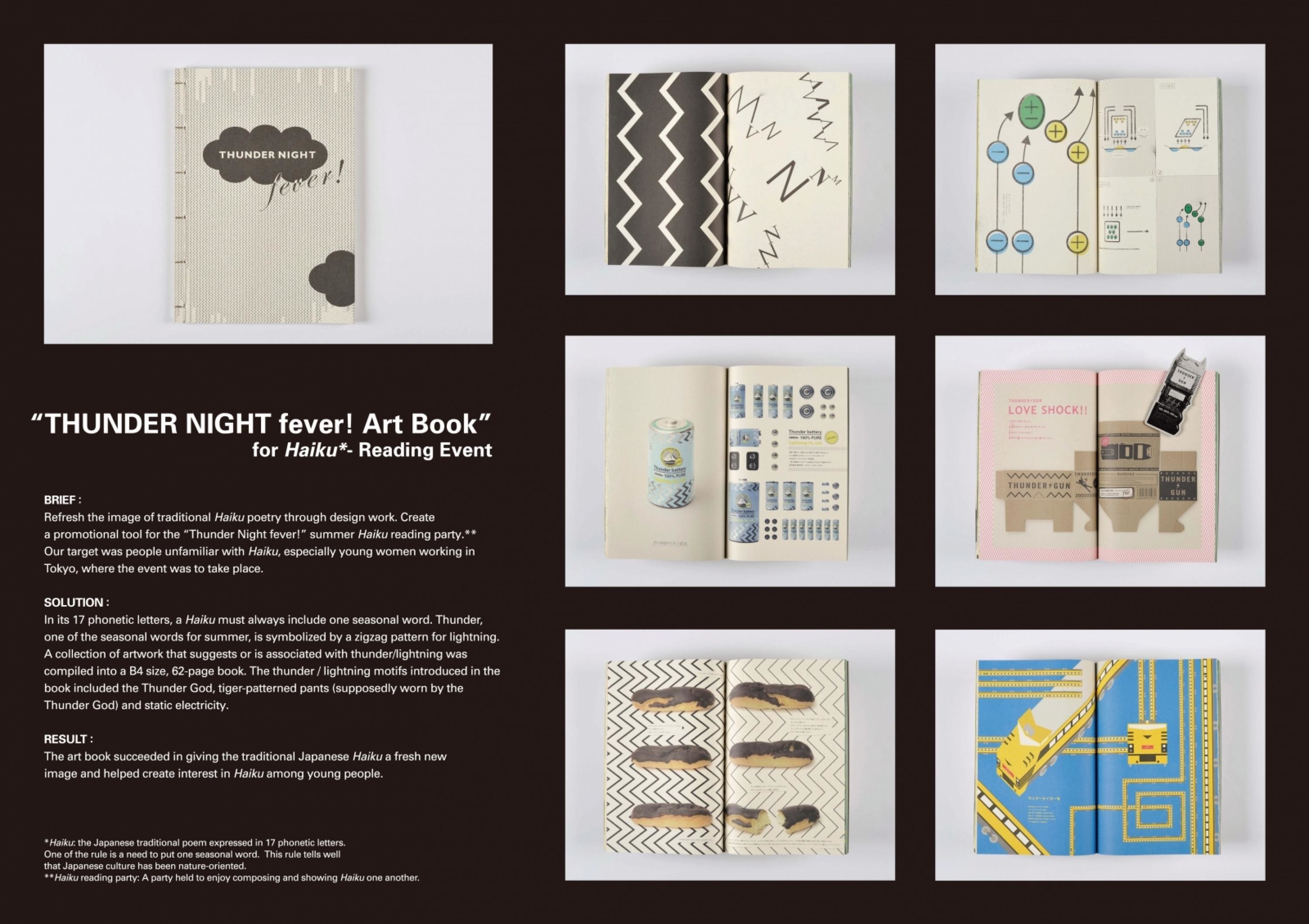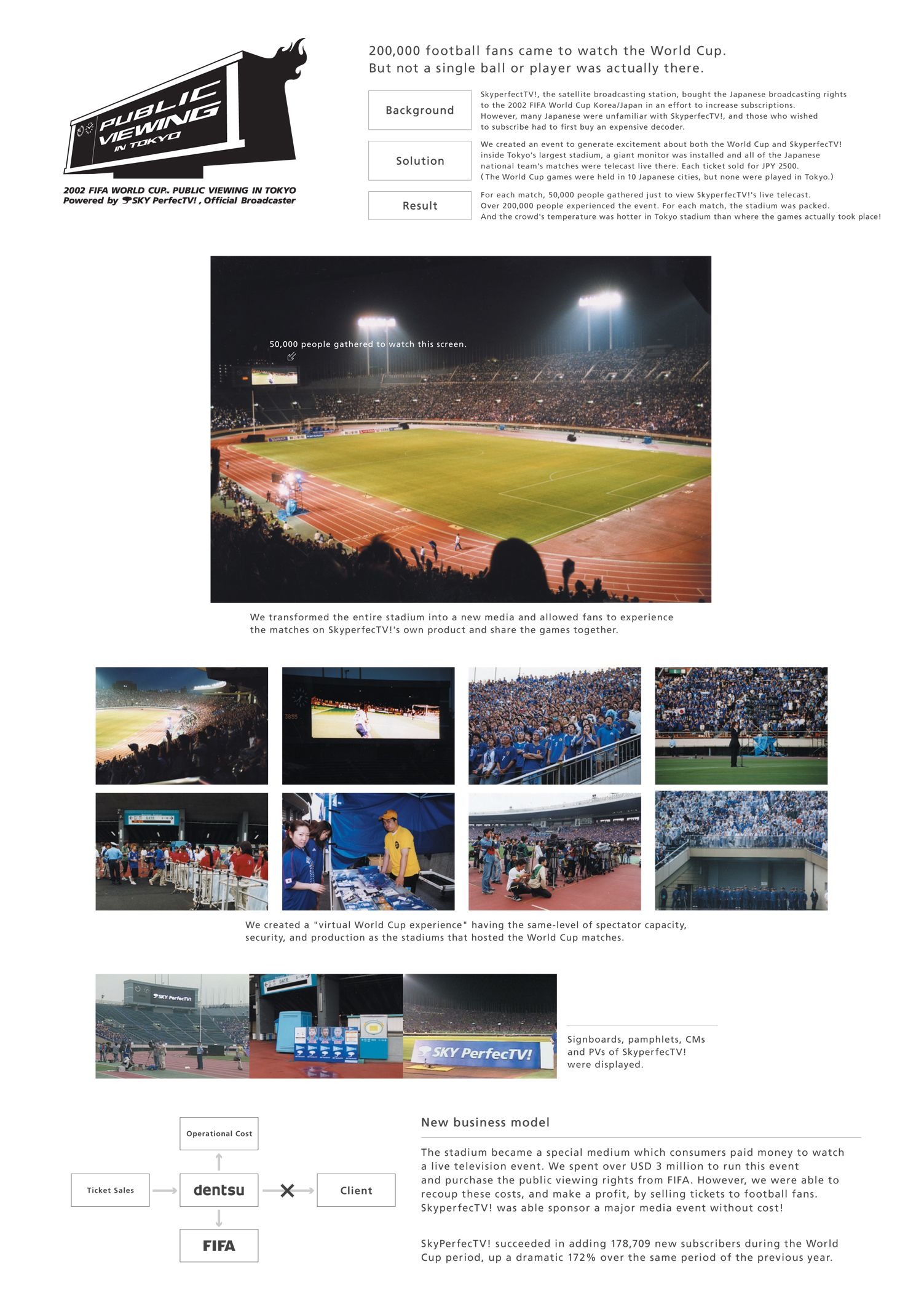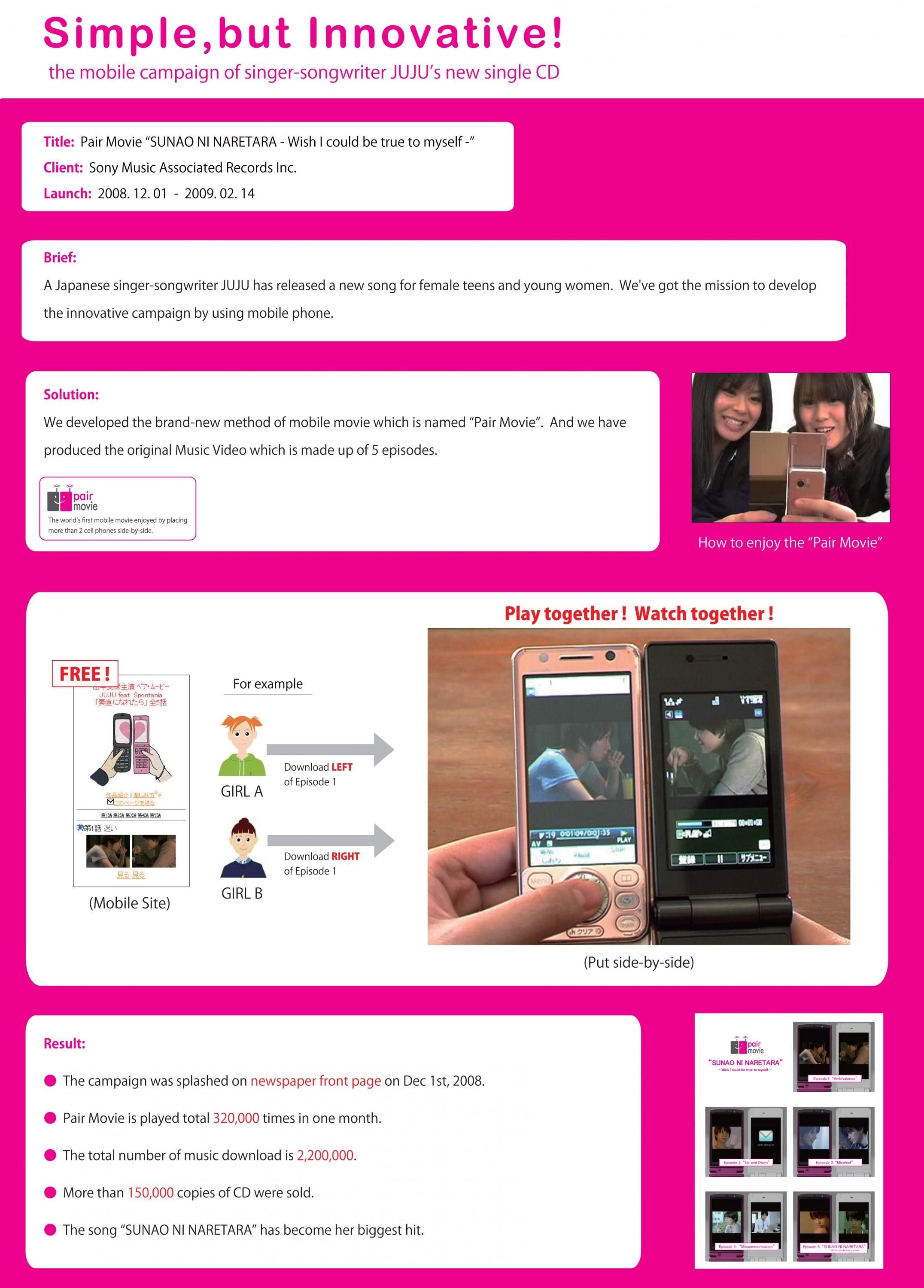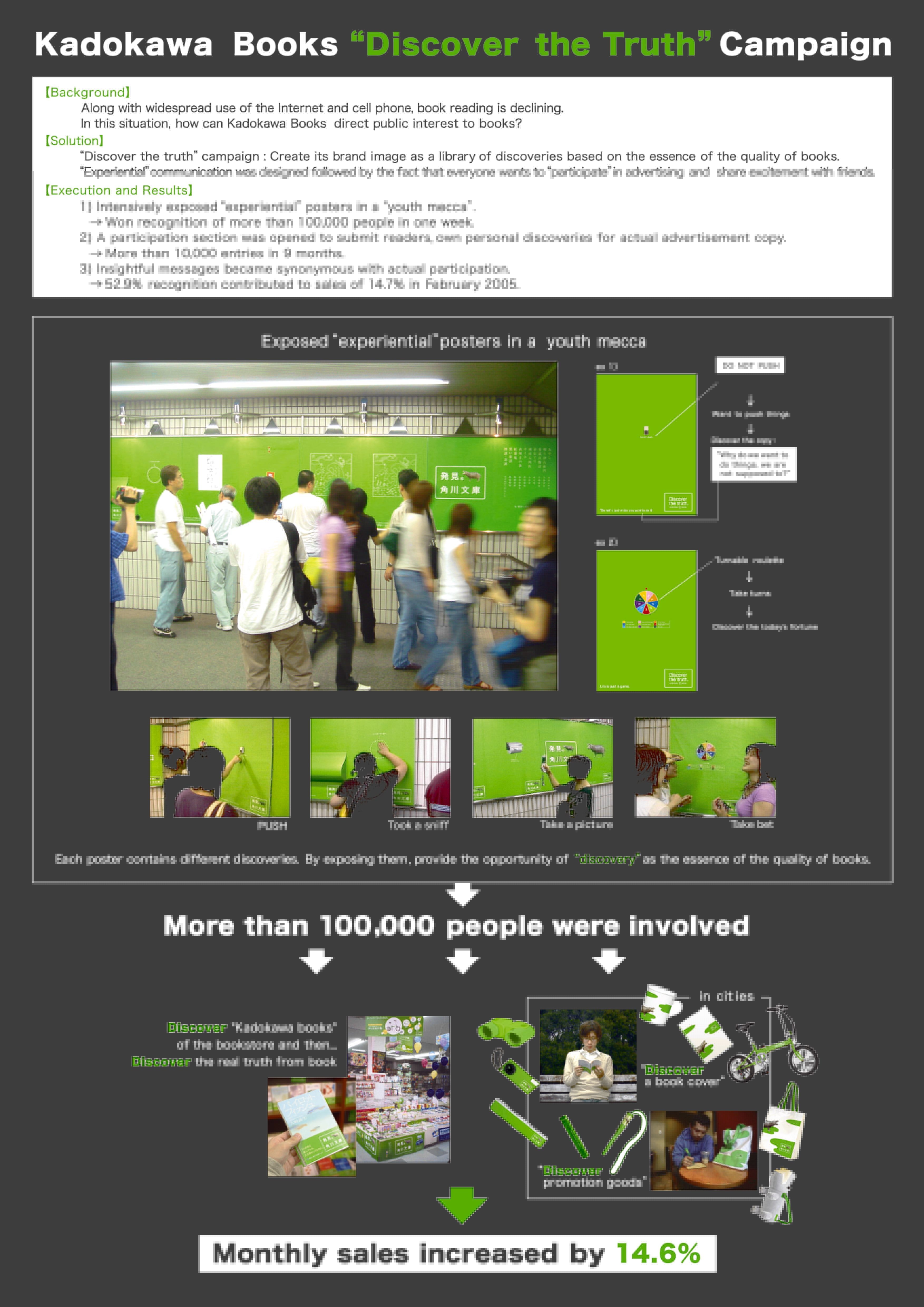Media > Use of Media
ONE-HALF THE CALORIES, ONE-HALF THE AD
DENTSU, Tokyo / SUNTORY HOLDINGS LIMITED / 2002
Awards:
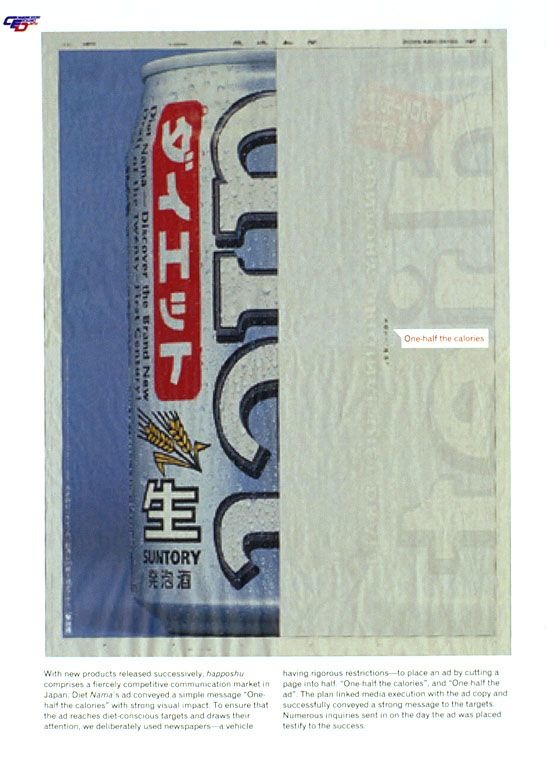
Overview
Credits
Overview
Audience
Diet Nama’s clear-cut message is that it contains 50% fewer calories. Compared with other Happoshu brands that promote their taste and manufacturing method, Diet Nama has a functional benefit that can clearly differentiate itself from other brands. Therefore, the goal of communication is to convey this benefit—that it contains 50% fewer calories—in an easy to understand manner.
CampaignDescription
Diet Nama’s clear-cut message is that it contains 50% fewer calories. Compared with other Happoshu brands that promote their taste and manufacturing method, Diet Nama has a functional benefit that can clearly differentiate itself from other brands. Therefore, the goal of communication is to convey this benefit—that it contains 50% fewer calories—in an easy to understand manner. In the beginning, Happoshu had the image of a “pseudo-beer” that took advantage of the niche in the Japanese tax system. As such, it was regarded as a low-priced version of beer but far from it as far as quality was concerned. Later, as various beer manufacturers shifted their main battleground to Happoshu, and scrambled to develop new products, the quality of happoshu improved by leaps and bounds. Today, it has established itself as an independent product category transcending beer. Along with this, new products were released one after another. Companies launched massive ads in the media and rapidly replaced one CF material with another. Competition is heating up in communication and advertising activities as well.Against these backgrounds, our plan was to use the concept, “50% fewer calories”—the benefit of Diet Nama—visually so that viewers will get the message at a glance.To make sure to appeal directly to diet-conscious users, we deliberately used newspapers, an ad vehicle having especially rigorous restrictions and limitations. Using newspapers and to communicate a message at a glance and with a strong impact, we implemented a plan to cut the newspaper page in half, something no other company had ever done before. “50% fewer calories,” and “50% of the page, too”. With media execution linking up beautifully with the content of the ad, the plan succeeded in conveying a powerful message to the targets. The numerous inquiries we received on the day the ads were placed attest to the success. Of special note was our use of irregularly sized paper (3/4 the usual width), a regular rotary press, and a regular (not sectional) printing process for the first time in Japan to print a full-colour ad with no blank spaces, a centrefold with an error margin of ± 0.3 mm, and no colour spreading or blurring.Although such an ad was theoretically possible, extremely high-level skills and expertise were required to fine-tune the tension inside the rotary press and to control the amount of ink and water used according to temperature and humidity, which prevented such ads from being printed in Japan previously.We were able to create this ad because we were able to capitalize on Ibaraki Newspaper’s wealth of skills, expertise, and test data, which allowed us to clear over 150 items on the check list and make the ad insertion possible. We were thus able to ask substantially more from the rotary press process than ordinarily possible.We would like to thank Ibaraki Newspaper’s efforts, not only its printing department, but also its advertising, editorial, and sales departments, for making such an ad possible. To make sure to appeal directly to diet-conscious users (male businessmen), we deliberately used newspapers— an ad vehicle having especially rigorous restrictions and limitations—to execute an ad with a strong impact. Except for sports papers, Japanese newspapers are the most rigorously-regulated medium, and nobody else has ever attempted to cut a newspaper page in half. This eye-catching attempt using a newspaper page was linked to the communication message, and, as a result, the ad managed to draw substantial notice, creating enthusiastic responses.
Execution
Of special note was our use of irregularly sized paper (3/4 the usual width), a regular rotary press, and a regular (not sectional) printing process for the first time in Japan to print a full-colour ad with no blank spaces, a centrefold with an error margin of ± 0.3 mm, and no colour spreading or blurring.Although such an ad was theoretically possible, extremely high-level skills and expertise were required to fine-tune the tension inside the rotary press and to control the amount of ink and water used according to temperature and humidity, which prevented such ads from being printed in Japan previously.We were able to create this ad because we were able to capitalize on Ibaraki Newspaper’s wealth of skills, expertise, and test data, which allowed us to clear over 150 items on the check list and make the ad insertion possible. We were thus able to ask substantially more from the rotary press process than ordinarily possible.We would like to thank Ibaraki Newspaper’s efforts, not only its printing department, but also its advertising, editorial, and sales departments, for making such an ad possible.
Idea
To make sure to appeal directly to diet-conscious users (male businessmen), we deliberately used newspapers— an ad vehicle having especially rigorous restrictions and limitations—to execute an ad with a strong impact. Except for sports papers, Japanese newspapers are the most rigorously-regulated medium, and nobody else has ever attempted to cut a newspaper page in half. This eye-catching attempt using a newspaper page was linked to the communication message, and, as a result, the ad managed to draw substantial notice, creating enthusiastic responses.
MediaStrategy
In the beginning, Happoshu had the image of a “pseudo-beer” that took advantage of the niche in the Japanese tax system. As such, it was regarded as a low-priced version of beer but far from it as far as quality was concerned. Later, as various beer manufacturers shifted their main battleground to Happoshu, and scrambled to develop new products, the quality of happoshu improved by leaps and bounds. Today, it has established itself as an independent product category transcending beer. Along with this, new products were released one after another. Companies launched massive ads in the media and rapidly replaced one CF material with another. Competition is heating up in communication and advertising activities as well.Against these backgrounds, our plan was to use the concept, “50% fewer calories”—the benefit of Diet Nama—visually so that viewers will get the message at a glance.To make sure to appeal directly to diet-conscious users, we deliberately used newspapers, an ad vehicle having especially rigorous restrictions and limitations. Using newspapers and to communicate a message at a glance and with a strong impact, we implemented a plan to cut the newspaper page in half, something no other company had ever done before. “50% fewer calories,” and “50% of the page, too”. With media execution linking up beautifully with the content of the ad, the plan succeeded in conveying a powerful message to the targets. The numerous inquiries we received on the day the ads were placed attest to the success.
OtherCredits
Satoru Sasame Group Manager Ibaraki Newspaper
More Entries from Best use of Newspapers in Media
24 items
